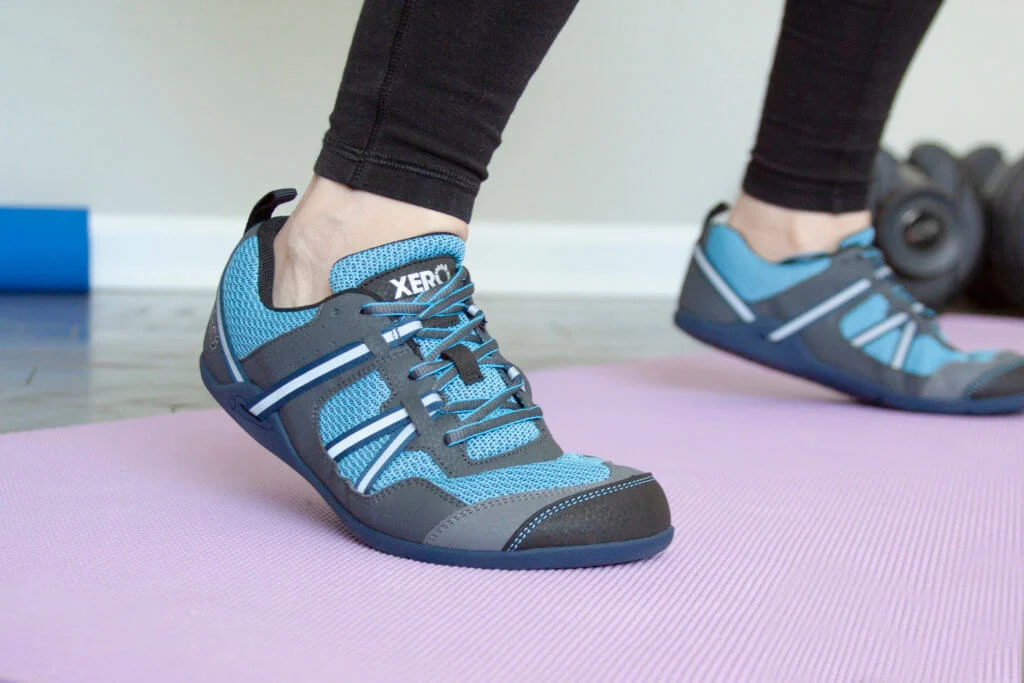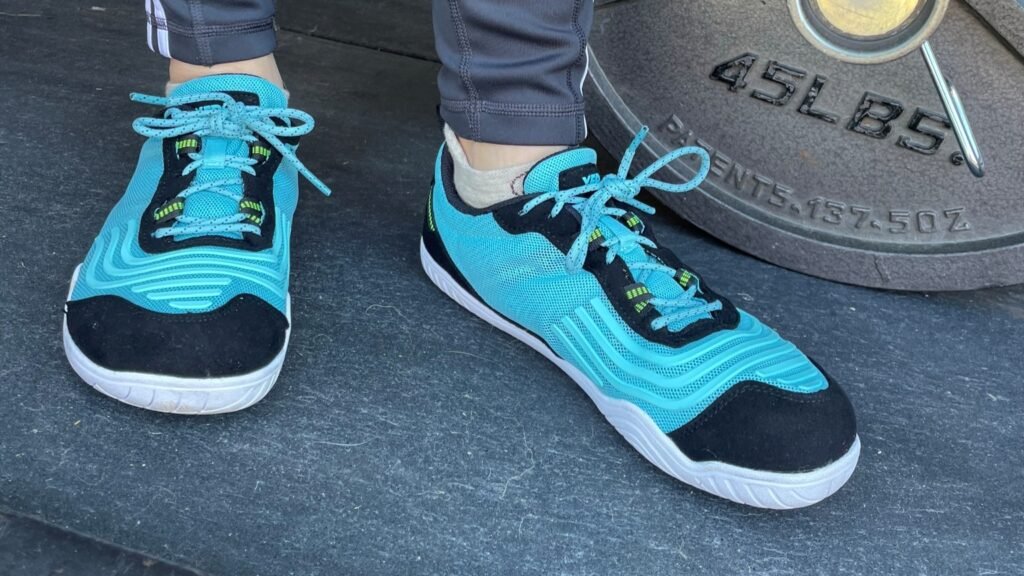Everyone has heard me say over and over that the shoes you wear may be creating your pain. I know, you go to a shoe store and the clerks there recommend a shoe for the specific activity you are doing, but keep in mind they are only trying to stop your pain, not what is causing it. The problem here is, rarely is the cause of your pain–when dealing with muscles–at the same site as the site of the pain. The shoes will not help if you have a bone issue, so most foot pain is created by the muscles more than bones. Keep in mind each foot has 29 muscles, 26 bones, and 33 articulations.
What Doctors and Scientists – Why Shoes Cause Foot Pain
I think you will find the podcast from The Drive with Peter Attia, MD, very interesting as he speaks with Irene Davis, a Ph. D in Physical Therapy. Dr. Davis is saying many of the same things I have told you on why shoes cause foot pain and she quotes the study findings from Dr. Daniel Lieberman from Harvard Medical School. I have added the link to hear the podcast and, in the show notes for that episode, you can skip through to the different topics she speaks of.
Dr. Attis’s Interview with Dr. Davis
Dr. Lieberman’s study focuses on the foot, with and without shoes, and how the muscles work when walking correctly. I have added 2 video links from Dr. Lieberman I think you will enjoy.
Keep in mind with the thicker, softer sole, the 272 nerve endings on the bottom of your foot cannot transmit signals back to the brain due to the sole being too thick. This will make you strike the ground much harder as the brain is trying to get a read on the gradation of the ground. Most of us cannot imagine walking, and especially running without shoes, because the muscles in our feet are so atrophied it feels painful.
What Can You Do?
If shoes cause foot pain, then how do you “walk” through life? I would suggest trying walking on the grass in your yard or a park so your feet, and brain, can get used to walking without shoes. It will feel weird at first but keep working at it. First, you will re-connect the nerve endings on the bottom of your feet back to your brain. Secondly, the connection between your feet and the earth has a positive energetic connection for your whole body.
Once you conquer feeling the ground on your feet, now try walking for a short distance. Once you feel comfortable there, extend your walk. What is interesting to me is, that most people believe they cannot walk on hard surfaces without shoes. In fact, they think we are not supposed to do that. Once you re-connect your feet to your brain, you may find you can walk on any surface barefoot. My wife and I walk on tile floors all the time without shoes and we have no pain from it. I know it may sound strange but try it for a while and let your body get used to it. You may find that connecting with nature brings more back to you than just not wearing shoes.
Best Flexible Shoes for Your Feet

Some of you have asked about where to get the shoes I wear. Click the link below to order your own pair of Xero shoes! Of all the shoes I have tried in my life, I find these the most natural, comfortable, and the least likely shoes to cause foot pain.
Here’s a link for the best shoes for your feet.
Stretch n Release Technique
In using my technique, you are allowing the brain to release the muscles versus the brute force that you see in many gyms and physical therapy. It takes practice, but once you get it, and you will, your body will feel more energized and vibrant.
Stretching is more about feeling the muscles letting go than forcing them to stretch. If you are forcing the muscle, you could be doing strength training, not stretching. Make sure you are feeling the intended muscle stretching. If not, the form could be wrong. Holding for 5 seconds allows the brain to release the muscle before it senses any danger. Repeating the stretches 10 times allows the brain to learn it is safe for the muscle to move that way.
Don’t forget the Tennis Ball Massage!
Softening your hips and back is easy when you use the tennis ball. Just lean against the wall and apply enough pressure to feel the painful area. The temptation is to press harder, but resist it. Instead, breathe out and allow the muscle to soften under the ball. Then move to another spot and repeat. Continue doing this until most of the painful spots are gone. Check out previous newsletters to see the video.
Want to Talk with Me Directly? Start Here
We’re happy to offer you a complimentary 30-min virtual consultation so you can experience this for yourself. Schedule your introduction to Stretch n Release now.
About The Muscle Repair Shop
Drawing upon his personal experience as a former competitive athlete turned wheelchair, obese, and chronic pain sufferer, Muscle Repair Shop Founder Butch Phelps decided to take his health into his own hands when at the age of 36 he was told he might not make it to his 40th birthday. Applying balanced nutrition advice from his doctor along with a sound exercise program, he went from 315 lbs. to 180 lbs. Motivated by his experience, he then acquired degrees in advanced therapeutic massage and aging sciences to help people eliminate chronic pain. This included applying his expertise in how people age, including the effects of dementia, anatomy, psychology, and the day-to-day struggles of living as an older person to his practice and development of The Muscle Repair Shop’s one-of-a-kind Stretch n’ Release Technique.
Available through in-office and virtual coaching treatment sessions, this unique combination of stretching and breath work teaches the brain to release the emotional side of muscle tension and pain allowing clients to find lasting relief and healing from stiffness, aches, injuries, and chronic pain. The at-home exercises come with customized instructional videos and virtual or in-office support, allowing clients to enjoy and experience life and sports as they did before limitations slowed or curtailed activities.


